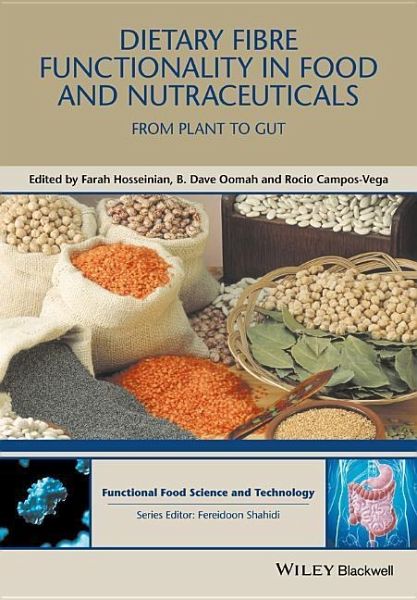
Dietary Fibre Functionality in Food and Nutraceuticals
From Plant to Gut
Herausgeber: Hosseinian, Farah; Campos-Vega, Rocio; Oomah, B Dave
Versandkostenfrei!
Versandfertig in über 4 Wochen
189,99 €
inkl. MwSt.
Weitere Ausgaben:

PAYBACK Punkte
95 °P sammeln!
Increasing fiber consumption can address, and even reverse the progression of pre-diabetes and other associated non-communicable diseases. Understanding the link between plant dietary fiber and gut health is a small step in reducing the heavy economic burden of metabolic disease risks for public health. This book provides an overview of the occurence, significance and factors affecting dietary fiber in plant foods in order to critically evaluate them with particular emphasis on evidence for their beneficial health effects.



